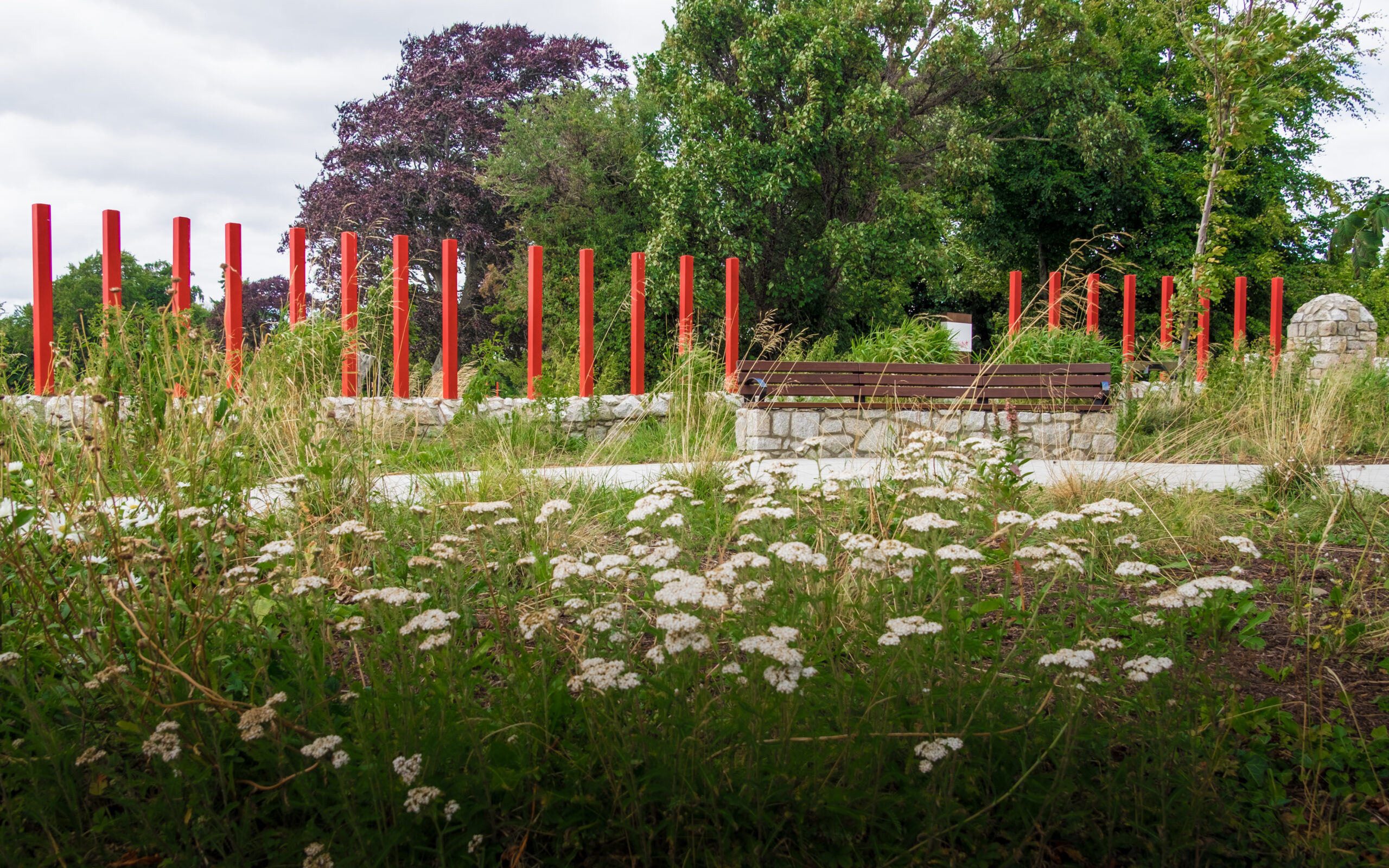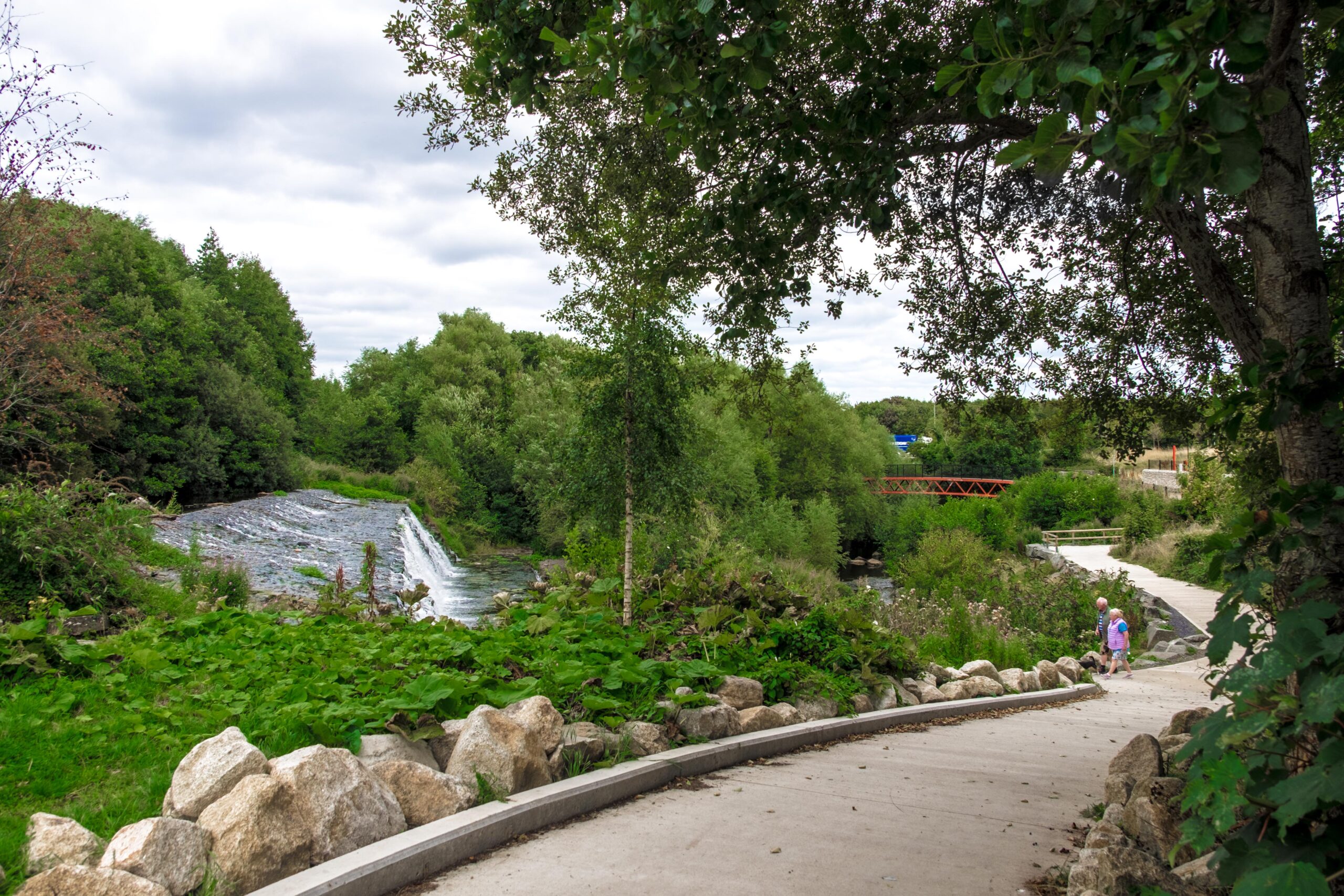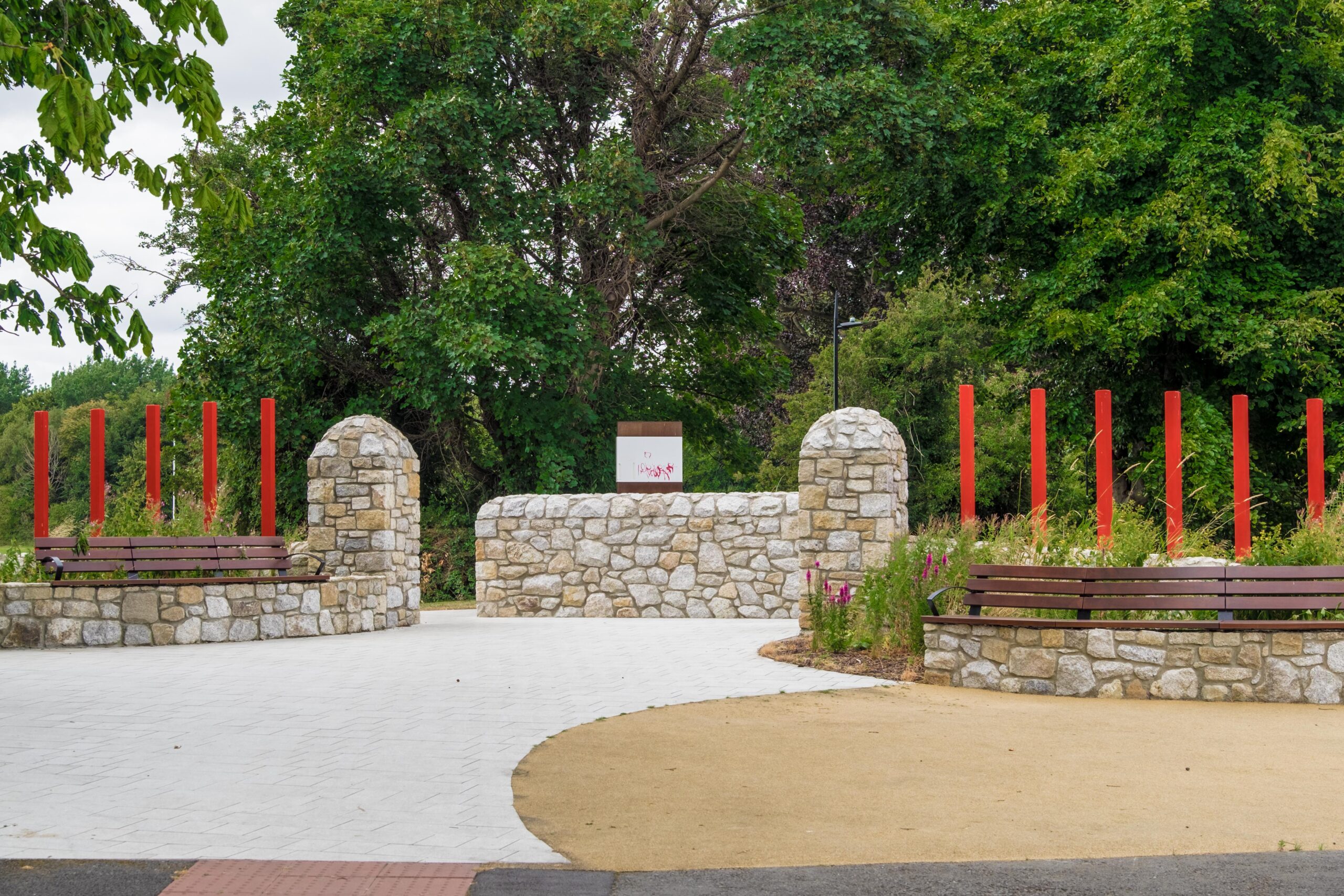
Carrigtwohill Community Schools
Placemaking
,Urban Realm
,Wellbeing


Categories:
Nature-based Solutions, Placemaking, Urban Realm, WellbeingTags:
Biodiversity, Civic Spaces, Community, Cycle Paths, Desire Lines, Educational Spaces, Habitat conservation, Historical, Native Planting, Nature Based Solutions, Parks, Recreational Spaces, Urban Realm, Wellbeing, Wildlife Corridors, Working together
Creating Connections From Firhouse to Rathfarnham – Phase 3 Section
The Dodder Greenway’s South Dublin County Council section extends approximately 14 kilometers from Bohernabreena Reservoir to Orwell Park in Rathfarnham. Our approach to this large scale design and its inception incorporated the following key elements imperative to their impact within the overall greenway project and ensuring we consider sustainability, future proofing and climate changes throughout:
Resilience
Biodiversity
Health and Well being
Community and Society
Retaining historical and traditional factors
Design Quality and Integrity

Green Infrastructure and Sustainable Urban Drainage (SUDs): The greenway features permeable paving facilitating water infiltration and reduces run off. The introduction of bioswales naturally manages and filters stormwater effectively. The use of grasscrete paving in parking areas improves water infiltration. These key approaches ultimately enhance water absorption, mitigates flood risks and minimises environmental impact therefore enhancing a resilience to climate change.
Native Species: The planting scheme emphasizes Irish native species such as Silver Birch, Hawthorn, Irish Oak, Guelder Rose, Broom, Spindle and Wild Apple, selected for their ecological benefits and adaptability to the local environment. Our planting have been predominantly sourced from Irish nurseries. An eradication programme is underway to address these invasive plants and safeguard the health of the local ecosystem.
Existing Local Wildlife: Concentrated efforts were focused with the information from our tree surveys to ensure our design and the project preserved the surrounding vegetation, where possible, to protect local bird life.
Natural Regeneration: There are designated areas for natural regeneration identified in conjunction with South Dublin County Council’s biodiversity officer, allowing local flora and fauna to develop organically, supporting a diverse and balanced ecosystem for native species in the area.
Tree Protection: Measures such as cell webs and no-dig paths protect existing trees and avoiding disruption to tree roots, ensuring their health and integration into the greenway. Extensive tree surveys, including the production of tree protection reports and plans were conducted by our team to ensure careful management and protection of the woodland environment. By supporting tree health we are aiding carbon sequestration and climate regulation.
Invasive Species: Our team worked closely with an ecologist to manage invasive species such as Japanese Knotweed, which is present in the scheme.
Recreational Space: The greenway offers a continuous, accessible pathway for walking and cycling, promoting physical fitness and mental well-being. It serves as a vital green lung for South Dublin, encouraging outdoor activity and supporting a healthy lifestyle.
Community Engagement: Extensive community consultation has shaped the design to meet the diverse local needs and enhance user experiences and the quality of life. We have had excellent public support for the project which has been well covered in the media.
Cultural Integration: The inclusion of red powder-coated galvanized steel posts were installed along the pathway and act as way-markers as well as allowing for open interpretation and symbolising the connection between historical and modern Dublin for users thereby enriching community identify and pride. The three bespoke engineered bridges are also bright red with strong vertical aspects and so this colouring is repeated as a design motif that is both visible and seamlessly integrates with their surroundings.
Material Use: Traditional materials, such as natural stone for benches, upgraded permeable natural granite stone paving and beige resin-bound surfacing are used alongside modern design elements, bridging Dublin’s historical and contemporary contexts.

Seamless Integration: The greenway integrates the natural landscape of the River Dodder with urban infrastructure, creating a functional and visually appealing environment. The pathway is designed to be accessible to all users, including those with mobility impairments with its high quality materials.
High Standards of Workmanship: The construction of benches, bridges, and pathways exemplifies excellent craftsmanship, contributing to the greenway’s overall quality and aesthetic appeal.
